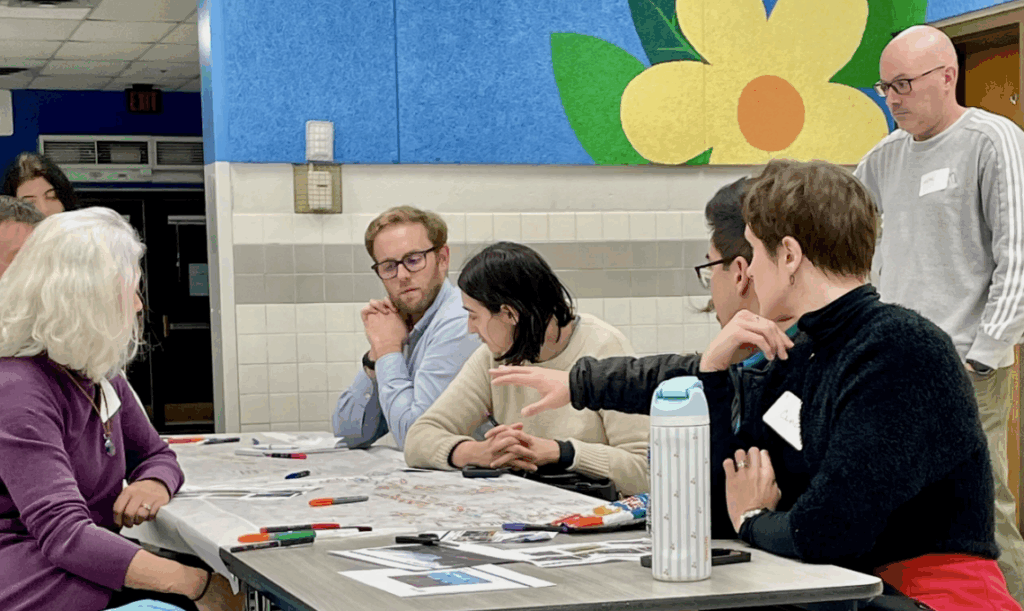
Join us to share your feedback on Fairfax County’s Franconia-Springfield Planning Study and their Route 29 Active Transportation Study. Two great opportunities to shape a more walkable, livable future for these two areas.
Franconia-Springfield Planning Study
You’re invited to take the community visioning survey for the Franconia-Springfield Planning Study by Dec 5. This study covers the Franconia-Springfield Transit Station Area and Springfield Community Business Center (on the west side of the Springfield Interchange). Comment in the feedback boxes and place suggestions directly on area maps.
Suggested talking points:
- Prioritize Transit-Oriented Development: Add more housing and services around the Franconia-Springfield Metro and VRE station to maximize public transit use and create inclusive, walkable, transit-oriented communities.
- Increase Housing Choices: Add more housing, including diverse housing types and affordable homes, with the highest intensity closest to transit to ensure people at different stages of life and income levels can live and thrive.
- Create Walkable and Bikeable Neighborhoods: Support safe, comfortable sidewalks, trails, and bike lanes that connect residential areas to transit, shops, parks, and schools.
- Protect and Enhance Green Space: Expand and enhance natural areas, parks, and tree canopy. Green infrastructure is vital for managing stormwater, reducing heat islands, and enhancing overall quality of life.
Route 29 Active Transportation Study
Take the survey for the Route 29 Active Transportation Study by Dec 19. The county is looking to improve active transportation facilities and transit along Route 29 between the Beltway and Tripps Run at the City of Falls Church/Fairfax County border. Use the feedback boxes and map to share how you use the corridor and what improvements are needed to make walking, biking, and transit better.
Suggested talking points:
- Improve Walking and Biking Connections: Provide safe, connected, and unobstructed sidewalks, paths and bike connections along the entire corridor. Use traffic calming to deter speeding, increase the buffer between sidewalks and roadways, and improve visibility where pedestrian and bicycle facilities cross side streets or utilize service roads.
- Provide Safer Crossing Options: Add high visibility crosswalks at more frequent intervals. Provide additional signalized pedestrian crossings to better connect neighborhoods to services and bus stops.
- Enhance Access to Transit: Ensure bus stops are ADA compliant, have sidewalk connections for safer access, and shelters, benches, and real time arrival information. Increase Metrobus F50 frequency for faster connections to the East Falls Church and Dunn Loring Metro stations and other destinations.
Image credit: Sonya Breehey
